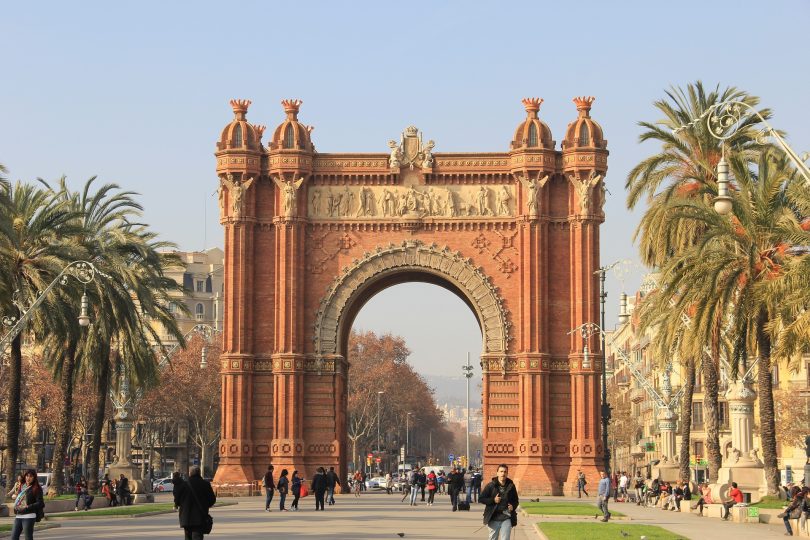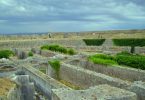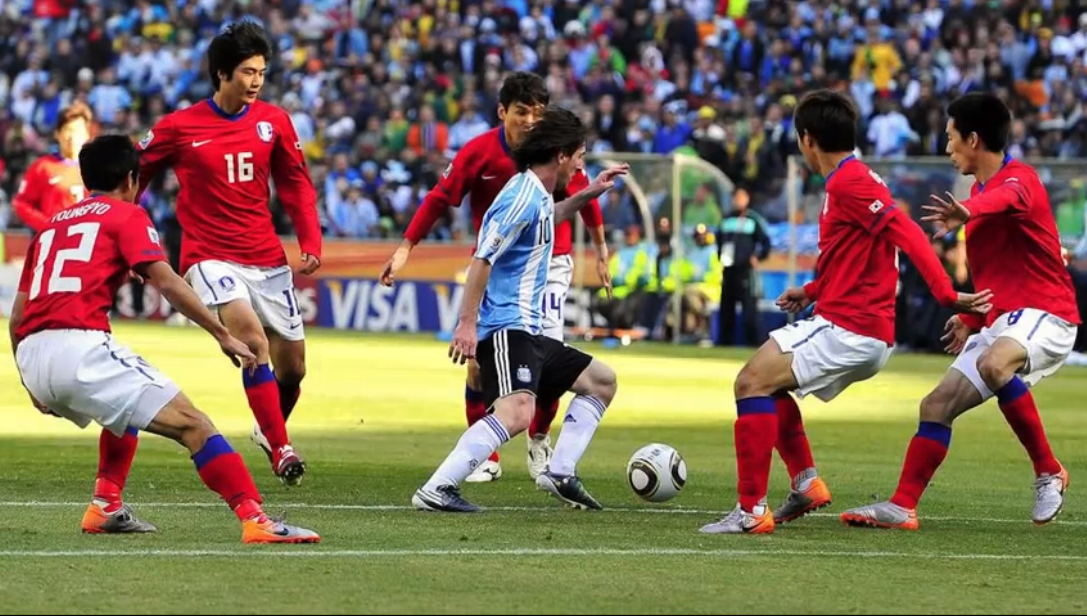Since Roman times, triumphal arches have been built in major cities throughout the world to symbolise victory, power and national pride. The most famous example is arguably the Arc de Triomph in Paris. Barcelona has its own Arc, however, with a striking and unique identity, much like the city itself.
Table of Contents
A Universal Monument
Situated at the end of the Passeig de Sant Joan and leading to the Passeig de Lluís Companys, the Arc was built to mark the entrance to the 1888 Universal Exposition. The Exposition was a kind of ‘festival of nations’, showcasing the finest in Catalan and Spanish art and architecture. Over 2 million visitors came from as far away as the U.S. and China to view the exhibits. The event was held in the Parc de la Ciutadella, which was created purposely to stage the Exposition. The Arc itself was designed by architect Josep Vilaseca i Casanovas. Rather than build in monumental marble according to the traditional model, Casanovas chose to break the mould by using red brick for his monument. The arch is built in the neo-Mudéjar style, of which Gaudí’s Casa Vicens is another fine example.
Take a closer look…
The Arc is decorated with four monumental friezes: above the Passeig de Sant Joan ‘Barcelona’ (depicted as a woman) can be seen welcoming the nations to the Exposition. On the opposite side, she gives out medals to participants at the festival. On the North-East façade a depiction of art and commerce may be found; while the South-West face displays images of agriculture and industry; these being the combined powers which led to the city’s expansion.
Some of the finer details provide us with further clues as to the symbolism of the Arc. Most curious of all, perhaps, are the bat-like creatures which adorn its entrance. The bat was, in fact, a symbol of the celebrated 13th-Century monarch Jaume I, whose reign is also commemorated in the Carrer de Jaume I which runs behind the Gothic Cathedral. Thus, the arch links Barcelona’s medieval past to its expansionist future.
The angels holding cornets and laurel wreaths of victory represent a tradition which dates back to Roman times and shows the adaptation of a pagan tradition ‘the winged victory’ to meet the Christian idiom. The coats of arms found above the entrance stand for the Spanish provinces, with Barcelona in the centre as the keystone. The city’s crest takes pride of place sitting atop the centre of both the main façades.
In ancient times, triumphal arches were erected in commemoration of great military victories or important national events. Indeed, this is still their purpose in the modern world, and they can be found the world over. The unique triumph of Barcelona’s arch lies in its individuality; its celebration of uniting nations; its recognition of Catalan identity as separate to that of Spain, but also as an integral part of the nation. It is perhaps for this reason that the Arc has become such a well-loved and recognisable landmark. It marks the watershed between the ancient and modern cities, and celebrates much of what is great about Barcelona.
























Leave a Comment